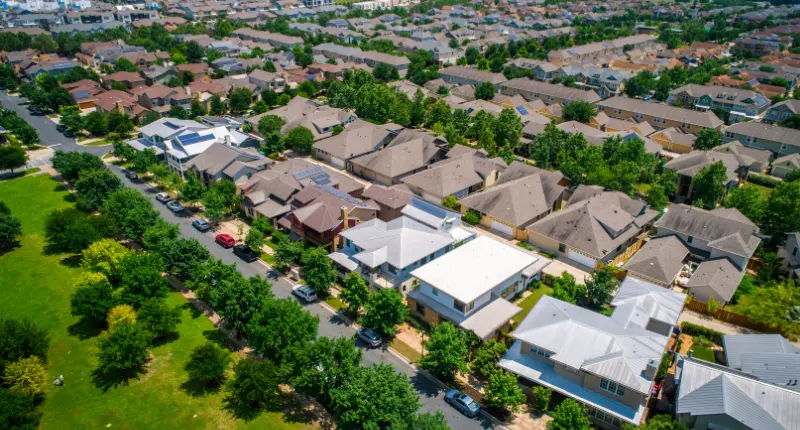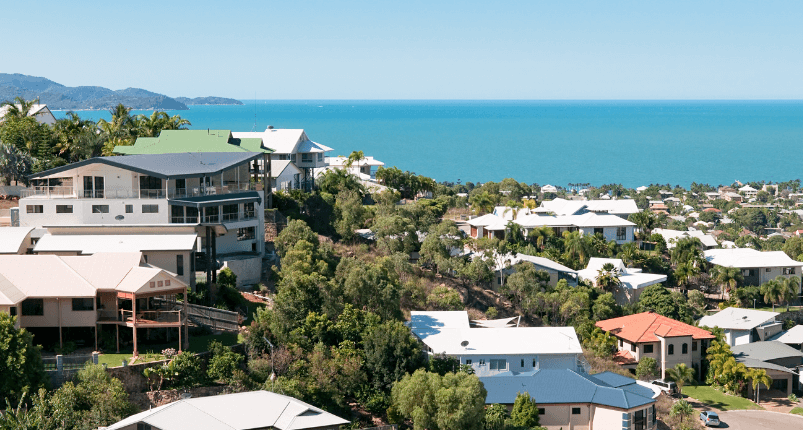
- High demand and low supply have continued to drive rental growth
- Significant amount of stock expected to come online this year
- A strong market and rental growth are believed to have offset the impact of rising rates and more
Experts have forecast some 2.5 million square metres of developments across the East Coast this year, providing much-needed relief for some of the tightest industrial markets in the country.
Demand and supply continues to drive rental growth
According to Knight Frank‘s Australian Industrial Review – Q4 2022, high demand and lack of supply continued to drive rental growth.
The magnitude of stock shortage was significant. The report found, “… vacancy rates were still at record low levels, with 547,748 square metres available across the Eastern Seaboard capital cities, following a 56% drop in availability over the 2022 calendar year and an 8% fall over Q4 2022.”
Sydney led the pack for least available stock, the tight market only had 89,129 square metres available, followed by Brisbane at 226,916 square metres, and Melbourne at 231,640 square metres.
Knight Frank National Head of Industrial Logistics James Templeton said: “In Sydney, the South Sydney market is the tightest, with no vacancy recorded since Q3 2021, while the Inner West and Outer West experienced significant vacancy decline in 2022. The limited vacancy has left tenants with no choice but to negotiate or renew leases for space three to 12 months in advance.
“In Melbourne availability of good space is becoming more of an issue, with only secondary stock immediately available in the over 5,000 square metre range.
“Across the three major cities of Sydney, Melbourne and Brisbane the most active sector was transport, postal and warehousing, with logistics and retail trade operators continuing to drive tenant demand.
Templeton noted that getting a space will be tough:
“There is ongoing intense competition for available industrial space, especially new stock, which has led to surging double-digit rental growth,” he said.
“Alongside face rental growth, incentives have also fallen slightly, which has seen stronger growth in effective rents, particularly in precincts where rents have historically been lower, such as Sydney’s Outer West and South West and Melbourne’s West.
“We expect further rental growth in the industrial market over 2023, but it is likely to be at a slower pace closer to 10% on average, particularly as more supply is delivered and vacancy likely ticks up from its extremely low current levels towards the end of the year.”
Vacancy rates also dwindled, the report found Melbourne rates fell by 70% in 2022, with Sydney down 31% and Brisbane falling by 38%.
Heading westward, the report found that Perth experienced the fastest pace of rental growth nationally, with prime rents up by 41% year-on-year, and 7% over the final quarter of 2022.
Sydney took second place with 12% growth for the quarter and 29% growth for the year. Melbourne prime rents rose by 19% over 2022, Brisbane up 16%, and Adelaide up 12%.
Relief is on the horizon, but rents are still to rise
Knight Frank Chief Economist Ben Burston said 2023 was forecast to be a record year for new developments across the East Coast.
“Brisbane is leading this with over one million square metres to be delivered, which is more than triple the historical average,” he said.
“Sydney is expected to add 855,000 square metres and Melbourne 670,000 square metres, after this city led completions in 2022, with more than 1.3 million square metres in new supply.
“Given the construction delays in 2022, multiple projects were pushed in 2023 and thus it is forecast for a record year of new developments which will provide some relief to the undersupplied markets.”
Mr Burston said the strength in the leasing market and widespread rental growth had offset the impact of rising rates and higher funding costs on asset values, and was expected to continue doing so despite yields rising by around 75 basis points in most markets since April last year.
“Supply will continue to be tight over the mid-term, so the demand-supply imbalance will see rents continue to rise,” he said.
“The demand-supply imbalance will remain particularly acute in Sydney this year, where an equilibrium is unlikely to be restored until a larger quantum of developable land comes online in 2024-25.
“Ultimately structural undersupply in industrial markets will not be resolved until significantly more developable land comes online.”







